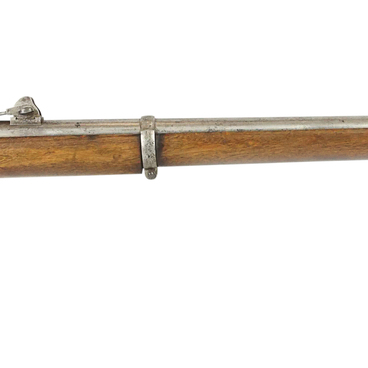The popular name of the Mosin rifle “3-line rifle” comes from its caliber, that is, the internal diameter of the barrel. It is equal to three lines. This is an old measure of length containing 1/10th of an English inch or 2.54 millimeters — thus, three lines are equal to 7.62 millimeters.
Manual reloading magazine-fed rifles, the so-called “repeating” rifles, have been known in Europe since the mid-19th century. The Main Artillery Directorate of Russia in 1882 set the task of developing a domestic multi-shot repeating rifle. At the same time, work was underway to create a new cartridge with smokeless powder.
In 1889, the captain of artillery and chairman of the selection committee at the Tula Arms Plant, Sergei Mosin, submitted a 3-line rifle to the competition. It was created based on his earlier single-shot rifle. At the same time, Belgian designer Leon Nagant submitted an experimental batch of modified 3-line rifles.
Manual reloading magazine-fed rifles, the so-called “repeating” rifles, have been known in Europe since the mid-19th century. The Main Artillery Directorate of Russia in 1882 set the task of developing a domestic multi-shot repeating rifle. At the same time, work was underway to create a new cartridge with smokeless powder.
In 1889, the captain of artillery and chairman of the selection committee at the Tula Arms Plant, Sergei Mosin, submitted a 3-line rifle to the competition. It was created based on his earlier single-shot rifle. At the same time, Belgian designer Leon Nagant submitted an experimental batch of modified 3-line rifles.



